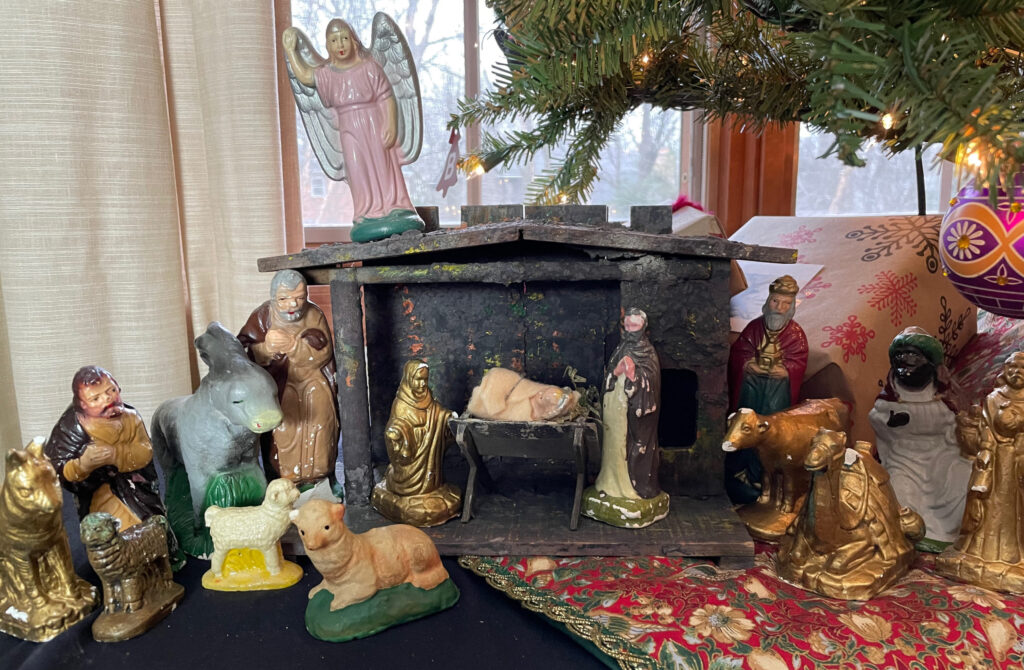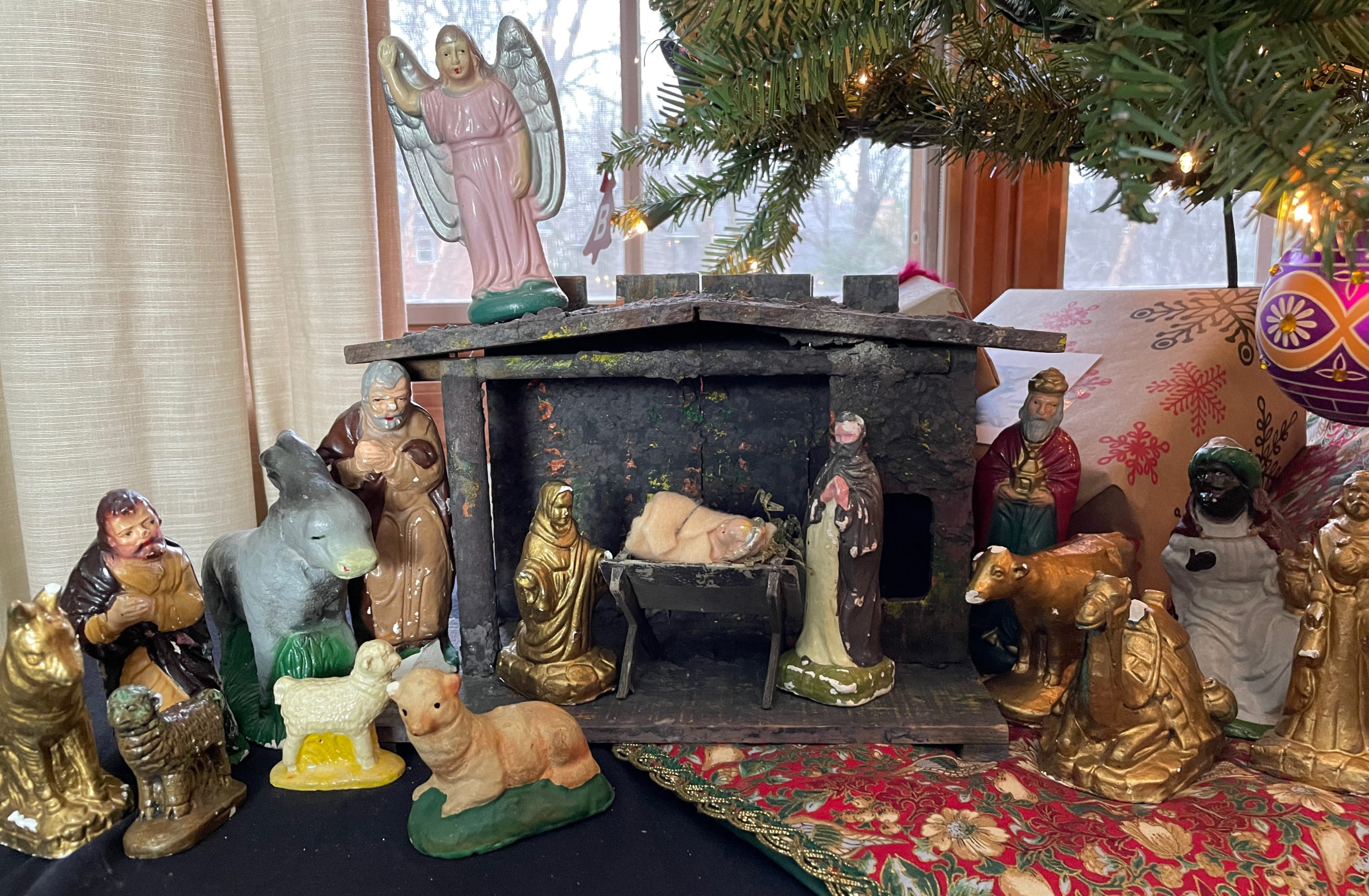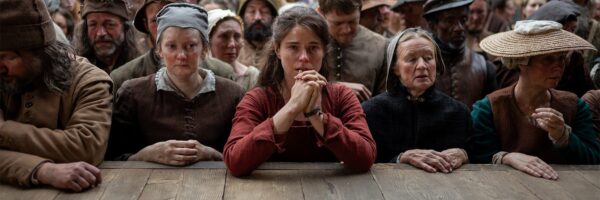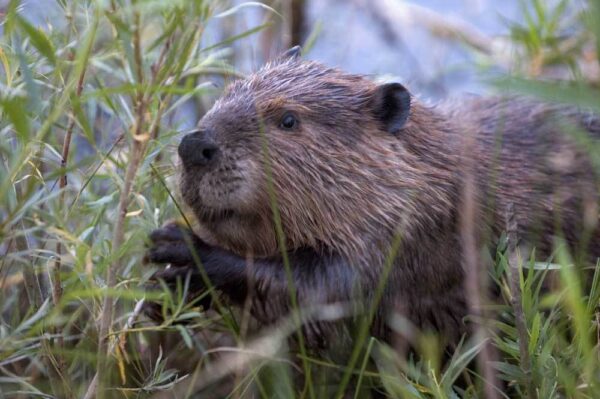When I was a kid, we had a shabby old nativity scene that my mother hauled out every year at Christmastime. The figures came from two or three different sets. Some were painted in soft colors, others had gotten so chipped that my dad spray-painted them gold to cover their flaws. They varied in scale, so the shepherds towered over poor Mary and Joseph, and the shaggy gold donkey looked as if it could snack on the sheep.
I loved to arrange the animals around the haloed infant, fetchingly posed and nestled in matted “hay” on the wobbly little wooden manger. My older brother and I would carry out clandestine battles over the exact arrangement of the figures. He would sneak into the living room and move the figures around, and then I would come back later and reposition them the way I wanted them. I liked to take the pink-robed angel with dove gray wings and balance her on the stable’s pointed rooftop, so that she could preside precariously over the crowd scene below.
Everyone loves a good nativity scene, but the whole tradition is a fancy. The nativity narrative in Luke mentions the manger, of course, but says nothing specific about animals being present. (The ox and donkey appear probably thanks to Isaiah 1:3.) Luke tells us that shepherds show up to see the baby, but does not mention sheep trotting along with them. And of course, the magi do not visit the manger at all. They arrive a couple years later to offer their exotic gifts to a toddler. And anyway, they’re in Matthew, not Luke.
Also, sadly, there is no mention anywhere of angels hovering over the manger scene. As far as Luke is concerned, the angels appear only to terrify the shepherds abiding in the fields by night. After a birth announcement and choral performance, the angels recede into the starry sky.
Even without specific biblical warrant, though, the nativity scene tradition offers abiding wisdom. According to legend, St. Francis was the first one to stage a live nativity scene in 1223. The tradition quickly caught on, and the crèche, whether with carved figures or live sheep, is a beloved element in Christmas celebrations worldwide. This suggests there’s something in it we need to pay attention to, and indeed, the crèche actually portrays a powerful theological truth.
Gathering an international cluster of humans and a whole crowd of creatures at the manger reminds us that the birth of Jesus is not just about getting Jesus strategically stationed on earth so that later he can die on the cross and save human souls. Instead, the birth of the child is the focal point of God’s communion with the whole of creation. This is the deep wisdom of the doctrine of incarnation: the person Jesus is the crucial stitch uniting heaven and earth, spiritual and physical, entirely and forever. All creation communes with God in and through the person of Jesus. Maybe the livestock do not require atonement for their personal sins, but in a very real sense, Jesus came for the ox and sheep and donkeys, too.

My motley old nativity scene, it turns out then, made perfect sense. Shabby, broken, assorted. A refugium. Amid the long crisis of the universe’s history, a diverse little microcosm forms around that manger. The refugium of Mary’s womb expands into that tiny shelter, and from there the whole ecosystem of the cosmos is transformed in every direction—from the highest to the lowest in all creation, backward and forward through time.
The incarnation, as Christianity has come to understand it, reveals that the essence of divine energy—divine love—is never separate from the damp cave or the grassy hillside or the sheep or angels or birthing mother, but is “with us,” all of us. Even before any atoning crucifixion event, Jesus is eternally united to matter and energy and the vast processes of death and renewal embedded in the created world. Jesus as God-with-us confirms how God loved the world into being, holds it together, and reveals the transformed fulfillment toward which the whole creation is headed.
How an ordinary human baby could also be the very person of God is both the difficulty and the genius of the Christian faith. We call Jesus “Christ,” the anointed one, to express the dimension of his person that transcends the teacher of Galilee and is, as Paul wrote in the great hymn of Colossians 1, “the image of the invisible God, the firstborn over all creation.” All creation is the emphasis here. Ta panta, in the Greek: all things. Christ is “before all things, and in him all things hold together. … For in him the fullness of God was pleased to dwell, and through him God was pleased to reconcile to himself all things, whether on earth or in heaven, by making peace through the blood of his cross” (Colossians 1:17, 19-20).
God reconciling to himself all things implies that humans and donkeys and spiders and chokecherries are all swept into the divine project together. A few verses later, Paul concludes the passage by urging his readers to remain “steadfast in the faith, without shifting from the hope promised by the gospel that you heard, which has been proclaimed to every creature under heaven” (Colossians 1:23). Every creature? Maybe we humans need to check ourselves whenever we fall into the habit of acting as if God’s love story is all about us.
The assortment of creatures at the manger microcosm suggests the diversity woven into the fabric of all creation. All biological systems, vast or tiny, require difference in order to survive and grow. As I have learned more about biological refugia, I’ve noticed that biodiversity is always at the center of concern. The basic definition of refugia assumes biodiversity is the balance that natural systems seek: refugia are “habitats that components of biodiversity retreat to, persist in and can potentially expand from under changing environmental conditions.”
When a mountainside or meadow exhibits “coarseness” of terrain—that is, a variety of shade and sun, mesic (wet) and xeric (dry) soils—that area serves as a better refugium. Coarseness means that in a relatively small space, a variety of conditions pertain, so that more plant and animal species can find a microrefugium suited to their survival, thus promoting biodiversity and ecosystem health. Natural systems often seek out a “portfolio strategy,” in other words. Within the ecological conditions given, the more biodiverse the refugium, the more resilient it is, and the more potential it holds to persist and grow.
What is true on the local scale is true of the whole earth. The crises we now face make painfully evident that humans and other creatures sicken or thrive together. The insidious effects of environmental injustice demonstrate that the abuse of creation and the abuse of other people are linked to the same careless, sinful arrogance. To countervail the power of human arrogance and division, the gospel offers a profound, humbling perception of kinship. We are kin not only with other humans but with all fellow creatures of God. We share our biological life, and we share our belovedness in God.
A refugia faith is therefore radically inclusive, not only of different kinds of people but of the whole created world. The best nativity scene would represent the whole created world, a family gathering of cosmic proportions.
This essay is adapted from Chapter 2 of Refugia Faith: Hidden Shelters, Ordinary Wonders, and the Healing of the Earth by Debra Rienstra, forthcoming in February from Fortress Press.





